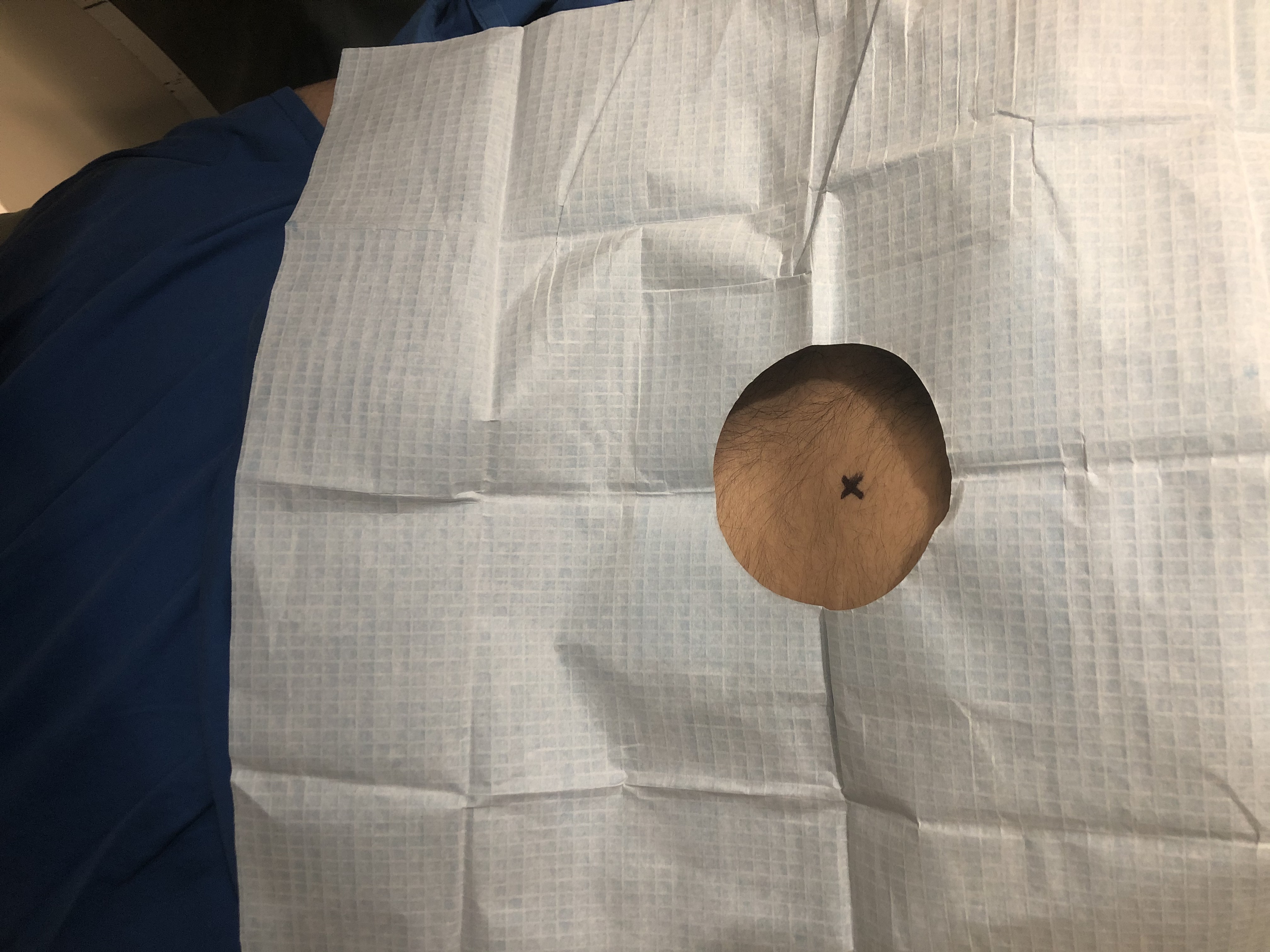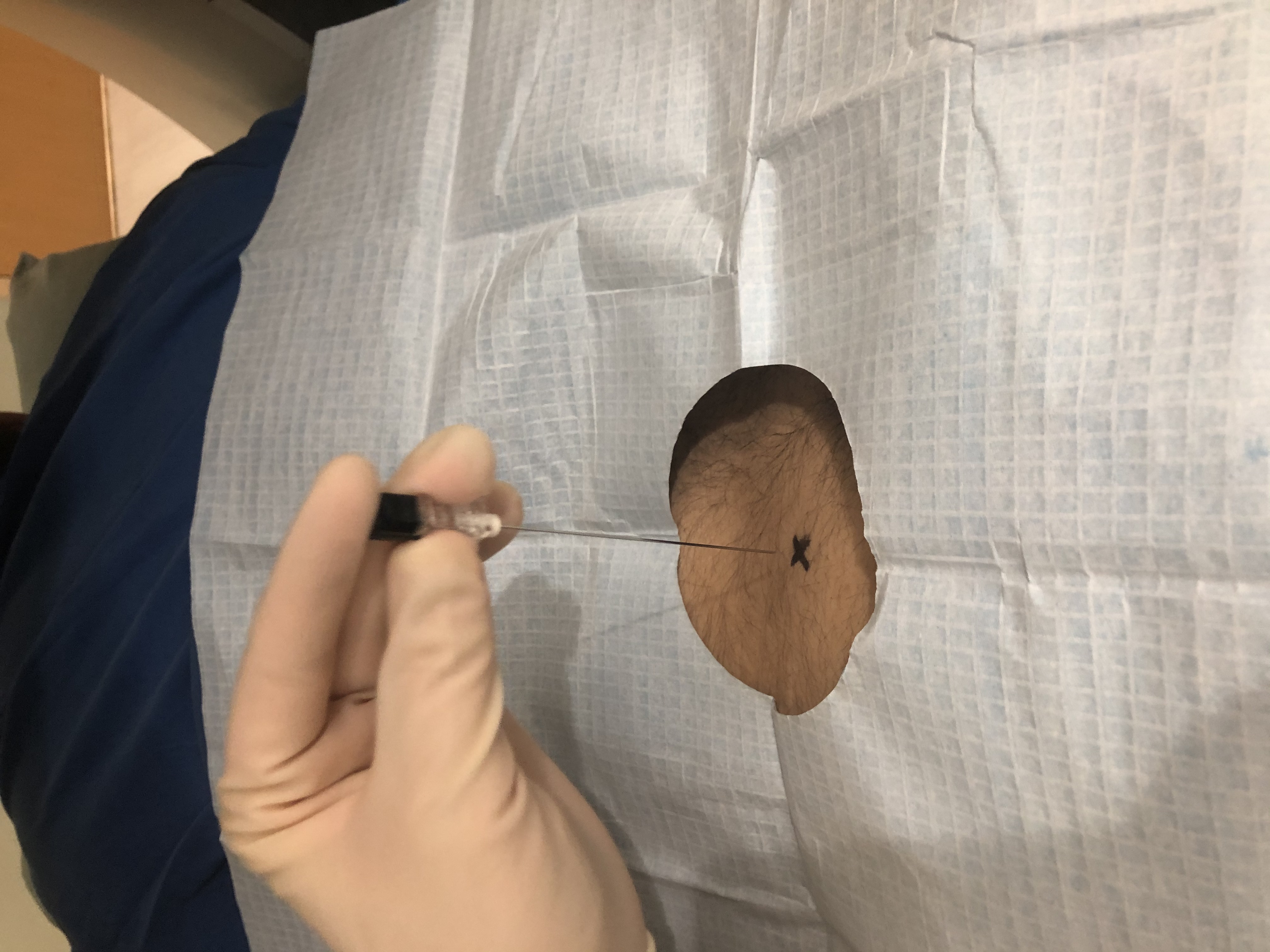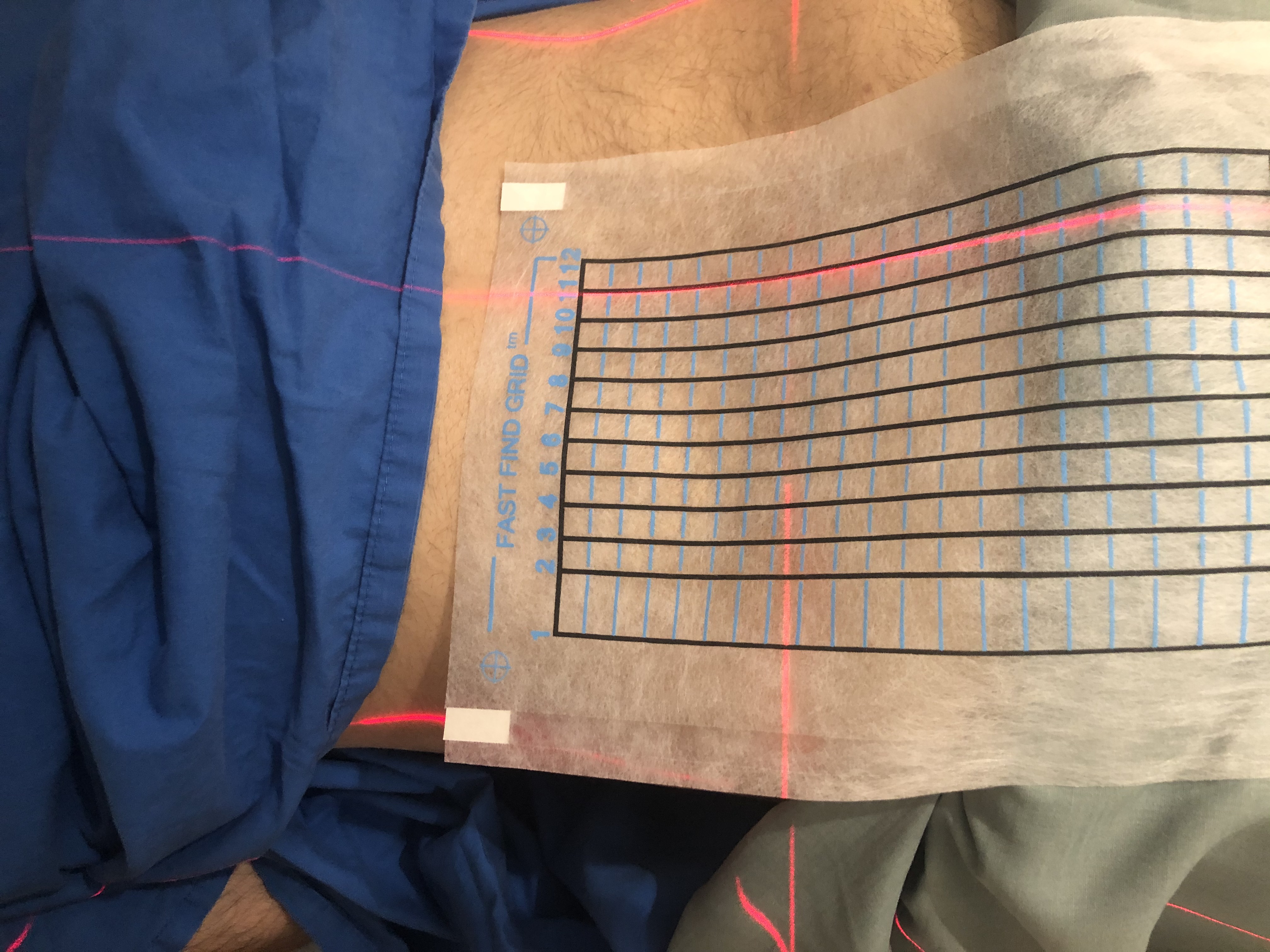[1]
Navani A, Manchikanti L, Albers SL, Latchaw RE, Sanapati J, Kaye AD, Atluri S, Jordan S, Gupta A, Cedeno D, Vallejo A, Fellows B, Knezevic NN, Pappolla M, Diwan S, Trescot AM, Soin A, Kaye AM, Aydin SM, Calodney AK, Candido KD, Bakshi S, Benyamin RM, Vallejo R, Watanabe A, Beall D, Stitik TP, Foye PM, Helander EM, Hirsch JA. Responsible, Safe, and Effective Use of Biologics in the Management of Low Back Pain: American Society of Interventional Pain Physicians (ASIPP) Guidelines. Pain physician. 2019 Jan:22(1S):S1-S74
[PubMed PMID: 30717500]
[2]
Hansen HC, McKenzie-Brown AM, Cohen SP, Swicegood JR, Colson JD, Manchikanti L. Sacroiliac joint interventions: a systematic review. Pain physician. 2007 Jan:10(1):165-84
[PubMed PMID: 17256029]
Level 1 (high-level) evidence
[3]
Huynh P, Hsu D. Comparison of Lateral Branched Pulsed Radiofrequency Denervation and Intraarticular Depot Methylprednisolone Injection for Sacroiliac Joint Pain: Inquiry for Additional Investigation. Pain physician. 2019 Jan:22(1):E53-E54
[PubMed PMID: 30700079]
[4]
Kim DK,McKenzie GA, Accessory Sacroiliac Joint Injection for Relief of Buttock Pain. Pain medicine (Malden, Mass.). 2019 Jan 8;
[PubMed PMID: 30624698]
[5]
Kancherla VK, McGowan SM, Audley BN, Sokunbi G, Puccio ST. Patient Reported Outcomes from Sacroiliac Joint Fusion. Asian spine journal. 2017 Feb:11(1):120-126. doi: 10.4184/asj.2017.11.1.120. Epub 2017 Feb 17
[PubMed PMID: 28243380]
[6]
Cox RC, Fortin JD. The anatomy of the lateral branches of the sacral dorsal rami: implications for radiofrequency ablation. Pain physician. 2014 Sep-Oct:17(5):459-64
[PubMed PMID: 25247902]
[7]
Goode A, Hegedus EJ, Sizer P, Brismee JM, Linberg A, Cook CE. Three-dimensional movements of the sacroiliac joint: a systematic review of the literature and assessment of clinical utility. The Journal of manual & manipulative therapy. 2008:16(1):25-38
[PubMed PMID: 19119382]
Level 1 (high-level) evidence
[8]
Polly D, Cher D, Whang PG, Frank C, Sembrano J, INSITE Study Group. Does Level of Response to SI Joint Block Predict Response to SI Joint Fusion? International journal of spine surgery. 2016:10():4. doi: 10.14444/3004. Epub 2016 Jan 21
[PubMed PMID: 26913224]
[9]
Kennedy DJ, Schneider B, Casey E, Rittenberg J, Conrad B, Smuck M, Plastaras CT. Vasovagal rates in flouroscopically guided interventional procedures: a study of over 8,000 injections. Pain medicine (Malden, Mass.). 2013 Dec:14(12):1854-9. doi: 10.1111/pme.12241. Epub 2013 Oct 4
[PubMed PMID: 24118835]
Level 3 (low-level) evidence
[10]
Plastaras CT, Joshi AB, Garvan C, Chimes GP, Smeal W, Rittenberg J, Lento P, Stanos S, Fitzgerald C. Adverse events associated with fluoroscopically guided sacroiliac joint injections. PM & R : the journal of injury, function, and rehabilitation. 2012 Jul:4(7):473-8. doi: 10.1016/j.pmrj.2012.02.001. Epub 2012 Apr 28
[PubMed PMID: 22543036]
[11]
Meydani A, Schwartz RA, Foye PM, Patel AD. Herpes simplex following intra-articular sacroiliac corticosteroid injection. Acta dermatovenerologica Alpina, Pannonica, et Adriatica. 2009 Sep:18(3):135-7
[PubMed PMID: 19784528]
[12]
Hong SH, Chung H, Lee CH, Kim YH. A Prospective Randomized Noninferiority Trial Comparing Upper and Lower One-Third Joint Approaches for Sacroiliac Joint Injections. Pain physician. 2018 May:21(3):251-258
[PubMed PMID: 29871369]
Level 1 (high-level) evidence
[13]
Polly DW Jr. The Sacroiliac Joint. Neurosurgery clinics of North America. 2017 Jul:28(3):301-312. doi: 10.1016/j.nec.2017.03.003. Epub
[PubMed PMID: 28600004]
[14]
Nagpal G, Flaherty JP, Benzon HT. Diskitis, Osteomyelitis, Spinal Epidural Abscess, Meningitis, and Endocarditis Following Sacroiliac Joint Injection for the Treatment of Low-Back Pain in a Patient on Therapy for Hepatitis C Virus. Regional anesthesia and pain medicine. 2017 Jul-Aug:42(4):517-520. doi: 10.1097/AAP.0000000000000608. Epub
[PubMed PMID: 28492440]
[15]
Kurosawa D, Murakami E, Ozawa H, Koga H, Isu T, Chiba Y, Abe E, Unoki E, Musha Y, Ito K, Katoh S, Yamaguchi T. A Diagnostic Scoring System for Sacroiliac Joint Pain Originating from the Posterior Ligament. Pain medicine (Malden, Mass.). 2017 Feb 1:18(2):228-238. doi: 10.1093/pm/pnw117. Epub
[PubMed PMID: 28204687]
[16]
Jung MW, Schellhas K, Johnson B. Use of Diagnostic Injections to Evaluate Sacroiliac Joint Pain. International journal of spine surgery. 2020 Feb:14(Suppl 1):30-34. doi: 10.14444/6081. Epub 2020 Feb 10
[PubMed PMID: 32123655]
[17]
Scholten PM, Patel SI, Christos PJ, Singh JR. Short-term efficacy of sacroiliac joint corticosteroid injection based on arthrographic contrast patterns. PM & R : the journal of injury, function, and rehabilitation. 2015 Apr:7(4):385-91. doi: 10.1016/j.pmrj.2014.10.007. Epub 2014 Oct 29
[PubMed PMID: 25452127]



